SaaS vs IaaS render farm: which is better for rendering your projects
Rendering 2D or 3D elements for animation, film, commercials, or video games is both compute- and time-intensive. It requires a huge investment in hardware and infrastructure along with a dedicated team of IT professionals to setup and maintain hardware and software.
IaaS, PaaS and SaaS are the three most popular types of cloud service models. In terms of Cloud Rendering, in this article we will limit and only mention 2 models SaaS and IaaS render farm which are often offered:
- IaaS: Infrastructure as a Service.
- SaaS: Software as a Service.
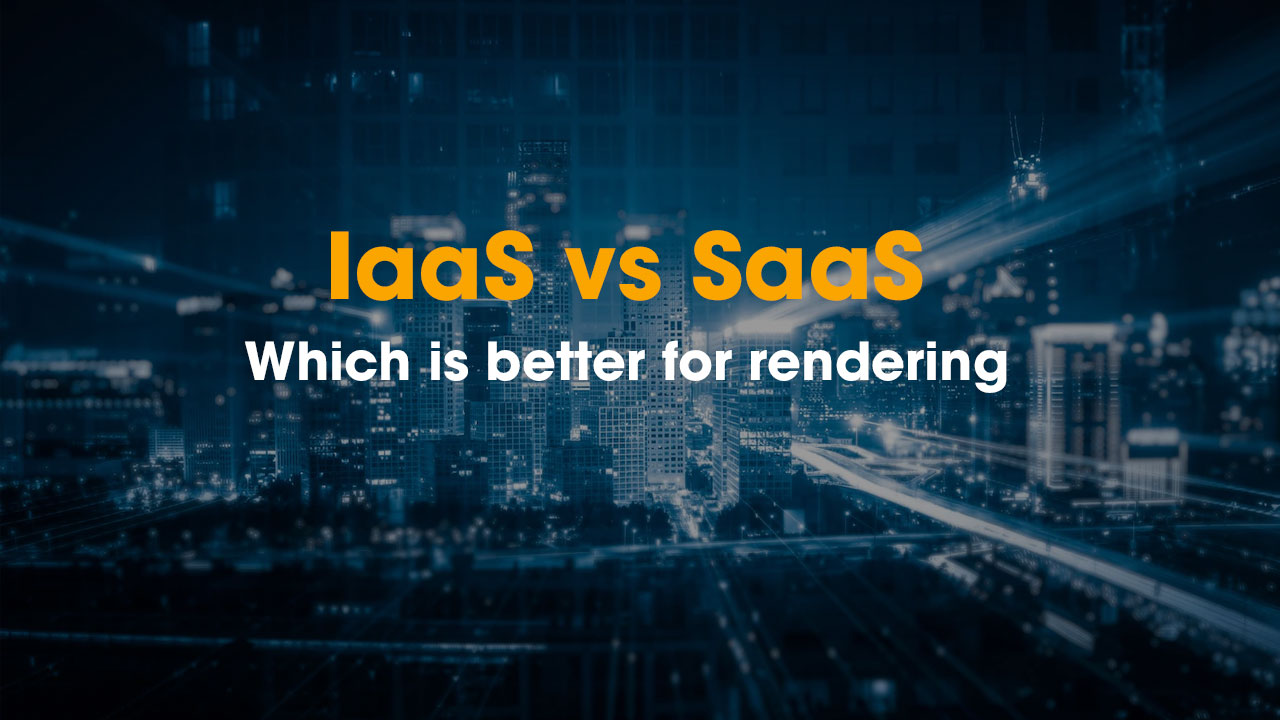
Table of Contents
What is “as a Service”?
‘As a service’ refers to the way IT assets are consumed in these models – and to the essential difference between cloud rendering and on-site rendering (on-premises). In on-site rendering, a studio/company consumes IT assets – hardware, system software, 3D applications – by purchasing them, installing them, managing them and maintaining them in its own on-premises data center. In cloud rendering, the cloud service provider owns, manages and maintains the assets; the customer consumes them via an Internet connection and pays for them on a subscription or pay-as-you-go basis.
So the main benefit of IaaS and SaaS or any ‘as a service’ solution is cost-effective: A customer can access and scale the IT capabilities they need for a predictable cost, without the expense and overhead of purchasing and maintaining everything in their own data center. However, each of these solutions has its own set of advantages.
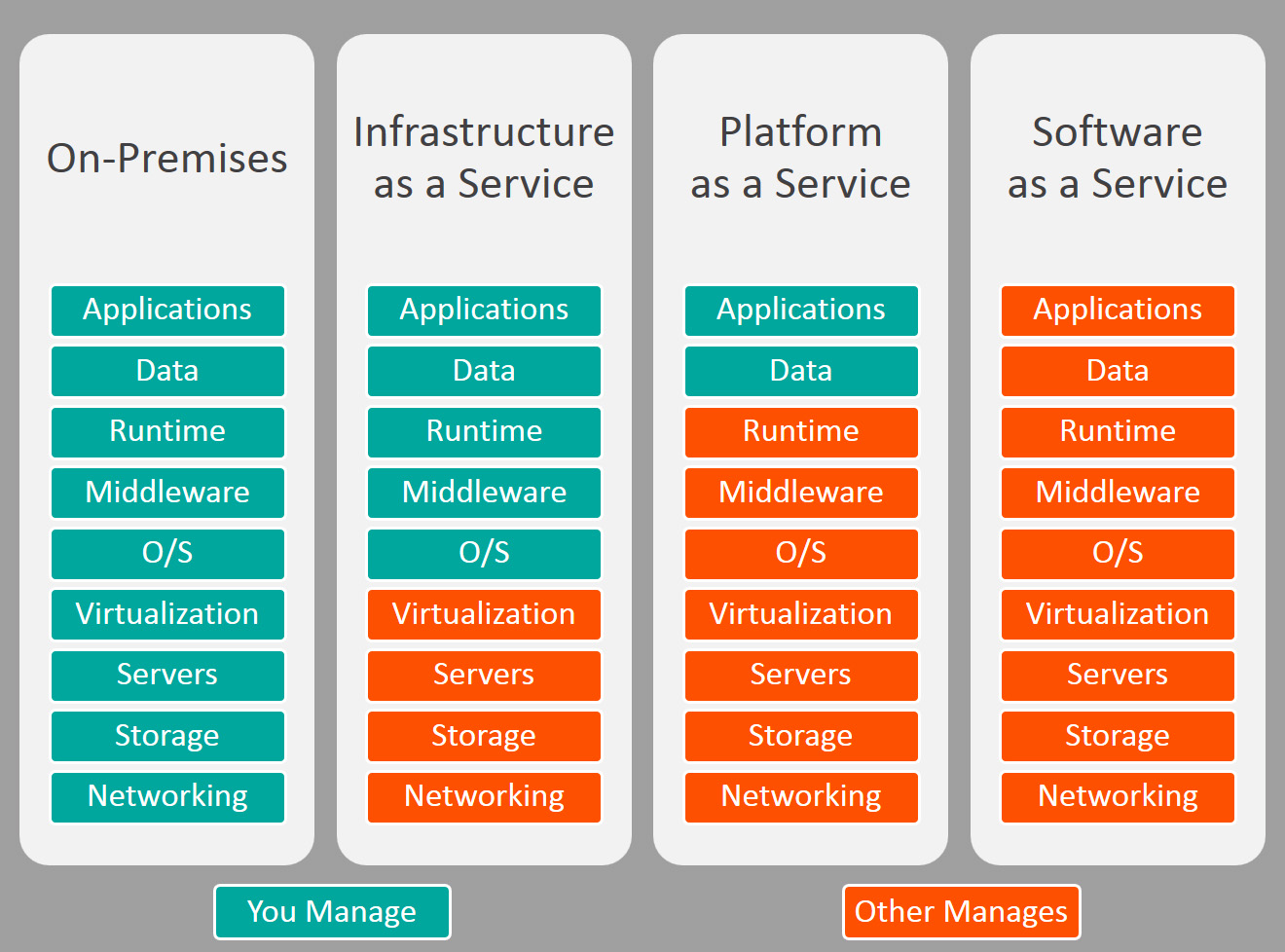
What is IaaS and SaaS?
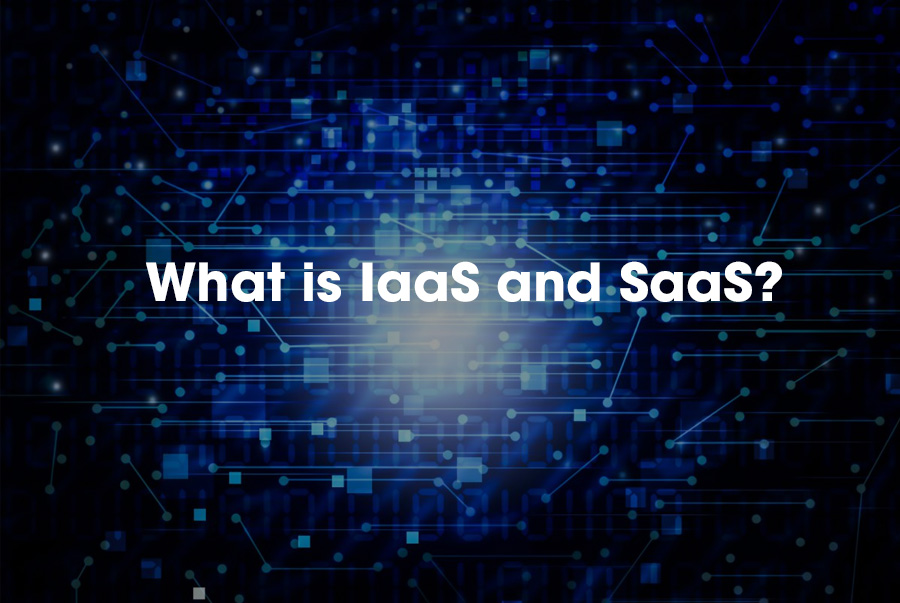
IaaS Render Farm
IaaS, or infrastructure as a service, provides on-demand access to cloud-hosted physical and virtual servers, storage, and networking – the backend IT infrastructure for cloud-based applications and workloads.
In other words, IaaS Render Farms provide the cloud computing infrastructure (servers, storage capacity and networking resources) to users. You guys will control, use those resources over the internet, and pay on a subscription or pay-as-you-go basis. The providers usually offer virtual machines hosted on shared physical hardware (the cloud service provider manages virtualization) or bare metal servers on dedicated (unshared) physical hardware.
Under the IaaS model, users are given almost full control of the machine. Users can configure and use the IaaS Render Farm the same way as they use on-premises computer. You need to set up the working environment (like your personal computer): 3D software, render engines, plugins, etc. After that, add your license to the software and done. You are ready to render projects. However, software licensing on this model can be an issue for some users due to software licensing limitations (Fixed MAC address, number of transfers, etc) or lack of additional licenses to work on both on-premises and cloud workstation.
SaaS Render Farm
SaaS, or software as a service, is on-demand access to ready-to-use, cloud-hosted application software.
SaaS Render Farms provides users access to their cloud computing power via ready-to-use application software. All of the underlying infrastructure like servers, storage, networking, application software are managed by the SaaS providers. As 3D software and render engines are already available on your local computer, you don’t have to install them one more time like in IaaS model. All you need is to upload your job to their system and get the output after SaaS providers render projects for you. Moreover, you don’t need to worry about the license, either. The license are provided and often included in the render cost. There are three types of submissions: Web manager, Desktop app or Plugin that integrates into 3D software. You can easily send the project right from the 3D program interfaces, the plugin will automatically collect all textures, assets together with project files and upload them to the Cloud. Or you will upload the whole project manually.
| How to render | Some providers | |
| On-site rendering | Buy your own hardware, install your own network, install the operating system, install software and plugins, add your license and then, render. | |
| IaaS | Cloud service provider will create for you a server with available Windows/Linux, available network and IP. You just need to ssh/remote desktop into that server, install software and plugins, add license and you’re ready to render. | AWS, Google Cloud, Microsoft Azure, iRender, Xesktop |
| SaaS | You use the Application provided by Cloud service, and don’t need to set up anything. | Fox Renderfarm, Garagefarm, Ranch Computing, Rebusfarm |
SaaS vs IaaS render farms: which is better for rendering your projects
Workflow: IaaS vs SaaS
Delivering a ready product is a long process for artists, architects, designers, including pre-production, production, and post-production stage. The production process itself already have so many steps. The animation production pipeline, for example, consists of 3D modeling, Surfacing, Rigging, Character effects, Matte painting, Lighting, and Rendering. Or 3D modeling, Texturing, rigging and animation, Lighting and setting up the cameras, and Rendering.
Typically, artists, architects, designers will create and finish the project in their local computers, then use the render farm for the final rendering. For SaaS Render Farms, this workflow is their only choice, as their service is designed for rendering. IaaS Render Farms, on the other hand, are able to cover all steps in the pipeline because their servers are no different from our PC. You can make the 3D models, set up the lights, modify the settings, etc everything on their servers.
Farm Manager: IaaS vs SaaS
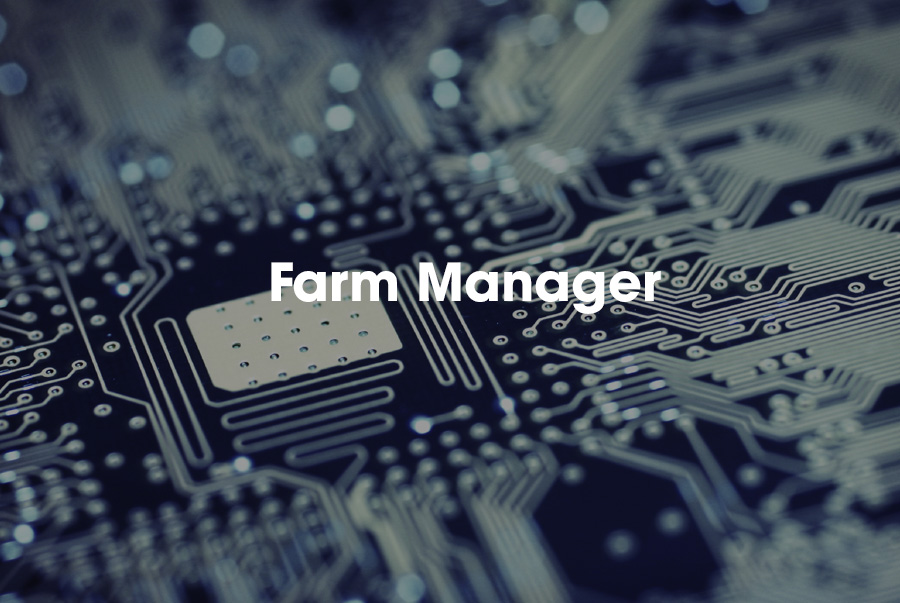
SaaS Render Farms comprise many Render Nodes and one Render Manager (Farm Manager). A Farm Manager is set and used to manage all rendering/processing jobs from every project. It will divide the jobs into smaller tasks and distribute them among all render nodes. This process is untouched, and unknown by the users. All we can do is to wait (in the queue if any) and get the results after the rendering is finished.
In contrast, IaaS Render Farms comprise many Render Nodes and unlimited Farm Managers. Because each node is a separate machine/server with different configured specifications, users are able to use the machine separately or make their own farms with their selected Farm Manager. It can be Thinkbox Deadline, or software’s own network rendering like Vray Swarm, Corona Distributed Rendering, KeyShot Network Rendering, Unreal Swarm, Houdini Hqueue, and much more.
Software Compatibility: IaaS vs SaaS
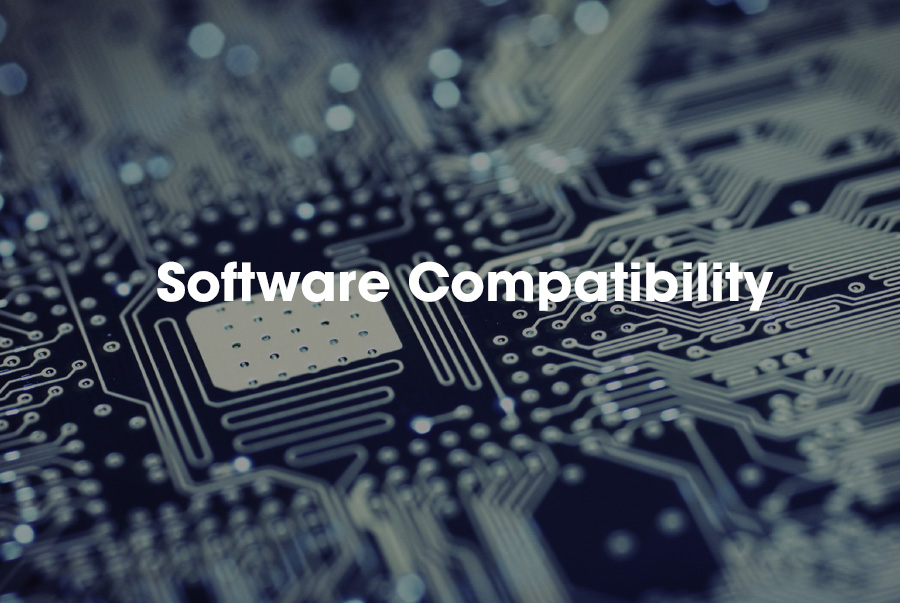
New 3D software, render engines, and plugins are released every day. The current software is also constantly updating the latest releases with many new features, bug fixes. So, for SaaS Render Farms where software and licenses are offered, the race to integrate more software and plugins becomes tough. As a result, SaaS Render Farms only focus on only one or a few popular, industry-standard 3D packages. Some commonly supported software such as 3ds Max, Maya, Cinema 4D, Blender, Vray, Arnold, Corona.
However, IaaS Render Farms have almost no software limitations. Since IaaS provides the infrastructure, users are free to install whatever software, render engines and plugins they need, including the latest/oldest versions or discontinued software by the manufacturer. More importantly, IaaS outperforms SaaS in that IaaS Render Farms support the latest technologies and most unique pipelines. These include real-time software with Real-Time Raytracing technology such as Lumion, Enscape, Twinmotion, Unreal Engine, etc. Or rendering with scripts, NFT, and much more.
Management ease vs complete control: IaaS vs SaaS
With SaaS, you upload everything to the provider and give up all control over projects, render process until the render is finished. Then you will have more time to focus on being creative.
With IaaS, on the other hand, you have complete control over not only the operating systems, server configurations but also the whole render process including software, license and project settings. You have more work to do, but can modify the project at any time during the render if any changes are needed.
Wrap up
With IaaS, you will have to manage more things, but in return, you have more control, you can freely choose configuration, software, and rendering method. With SaaS, you will be more comfortable not having to do things like install software, and monitor the rendering process, but on the contrary, you will have less control and choice. So, choosing SaaS or IaaS Render Farms depends on the requirements of the project and your needs.
See more:



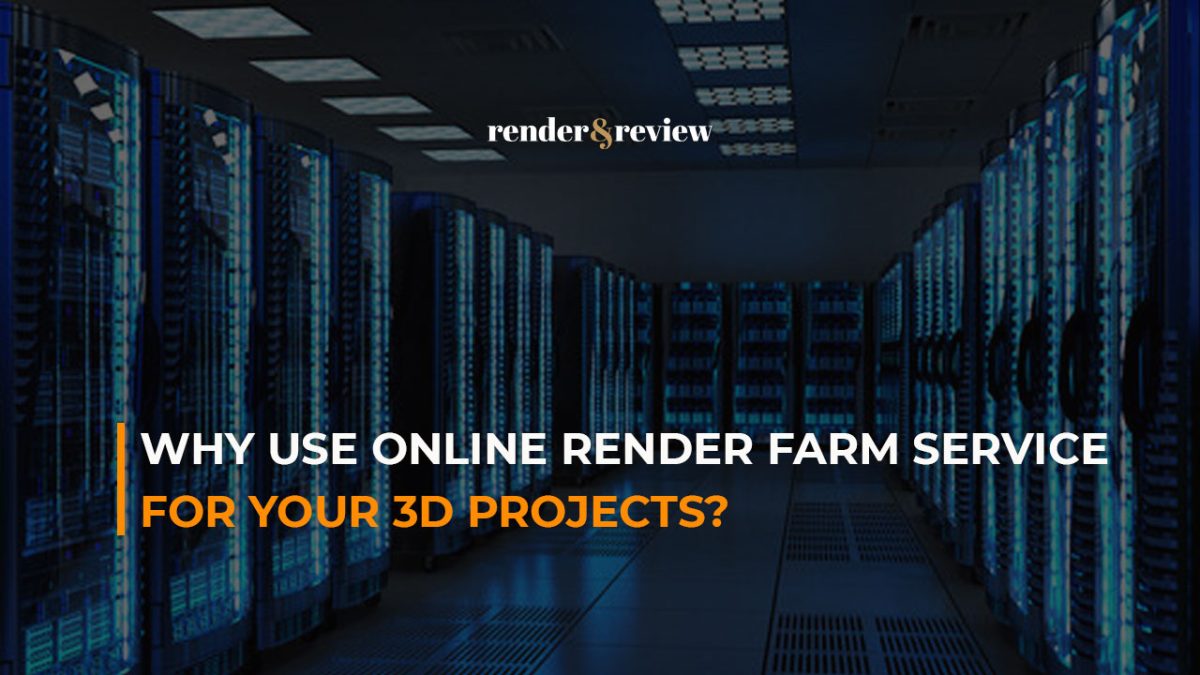
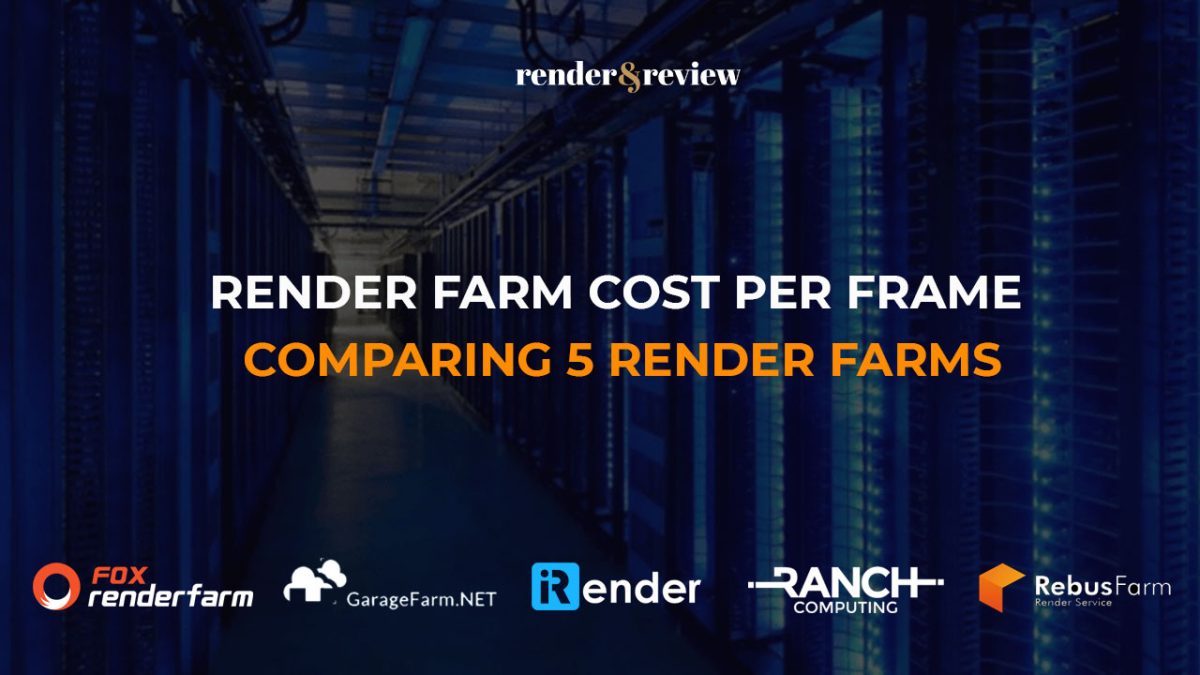
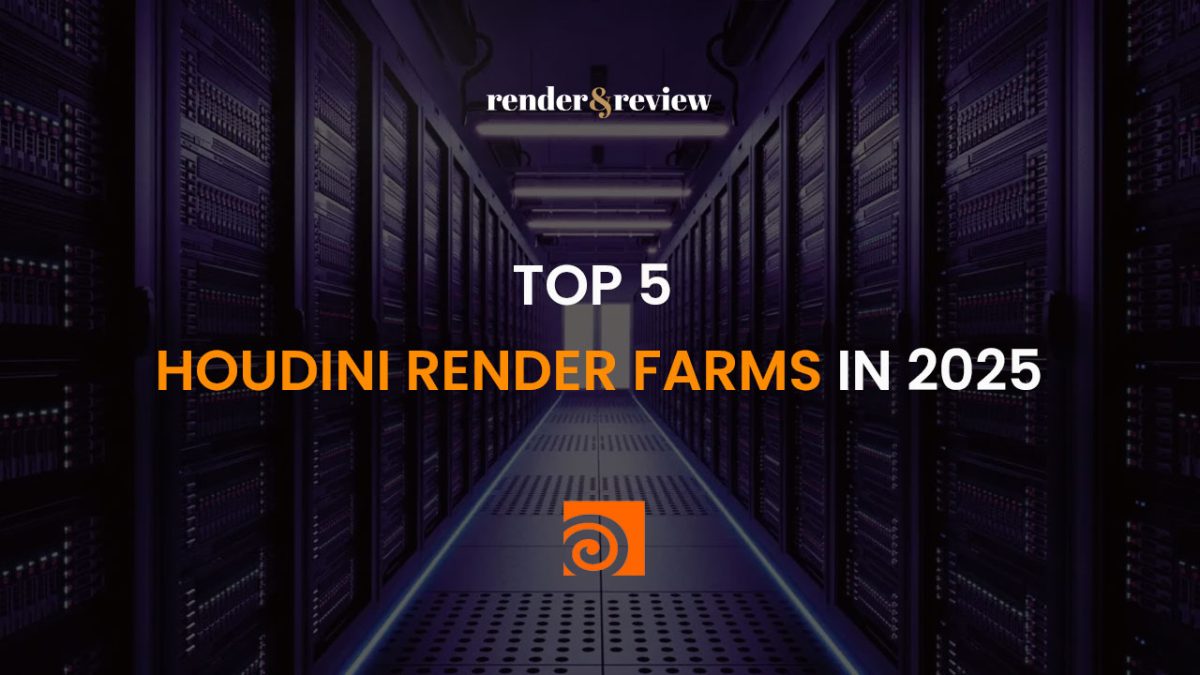
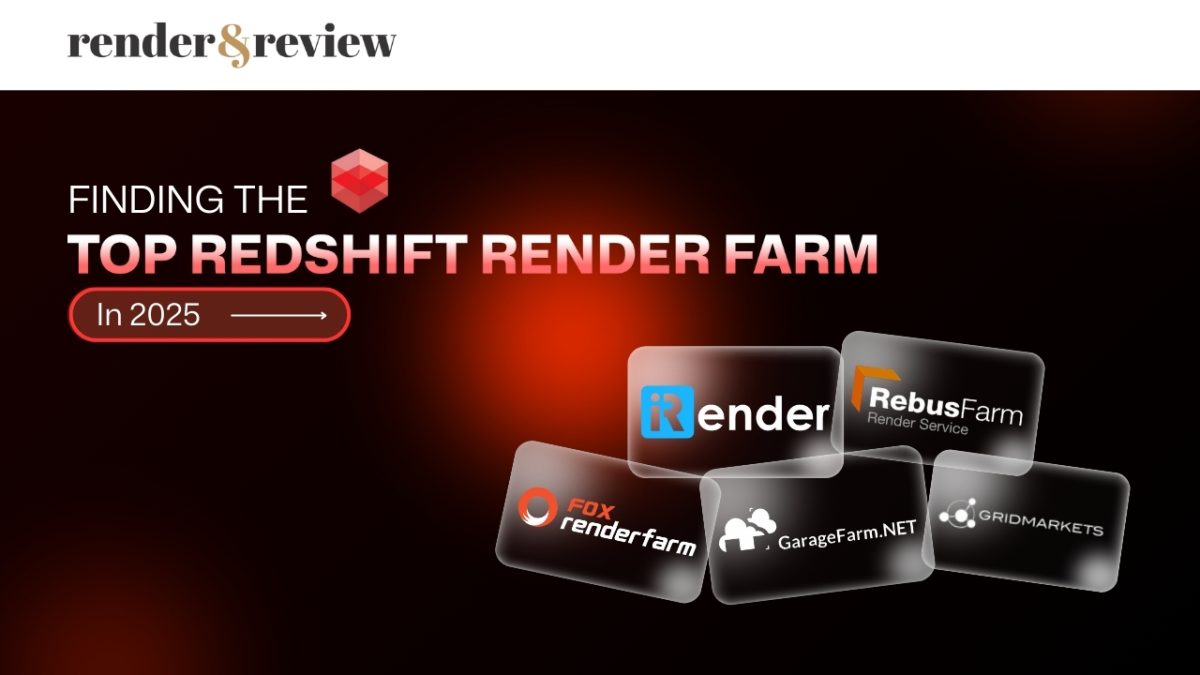
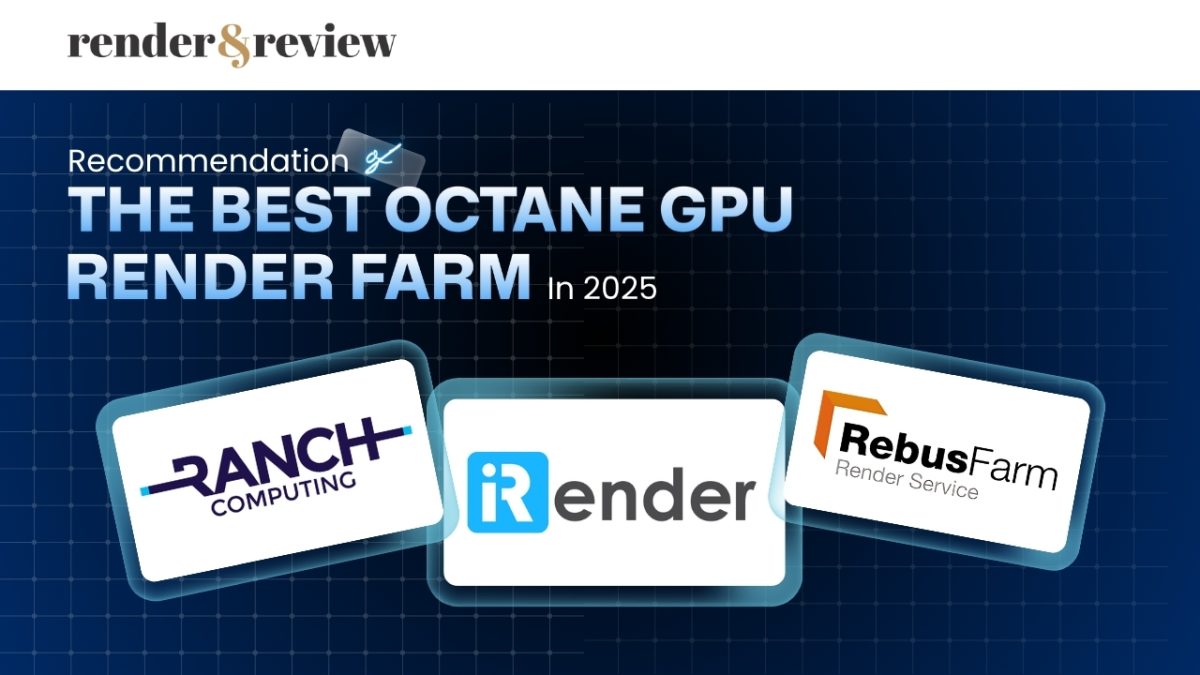
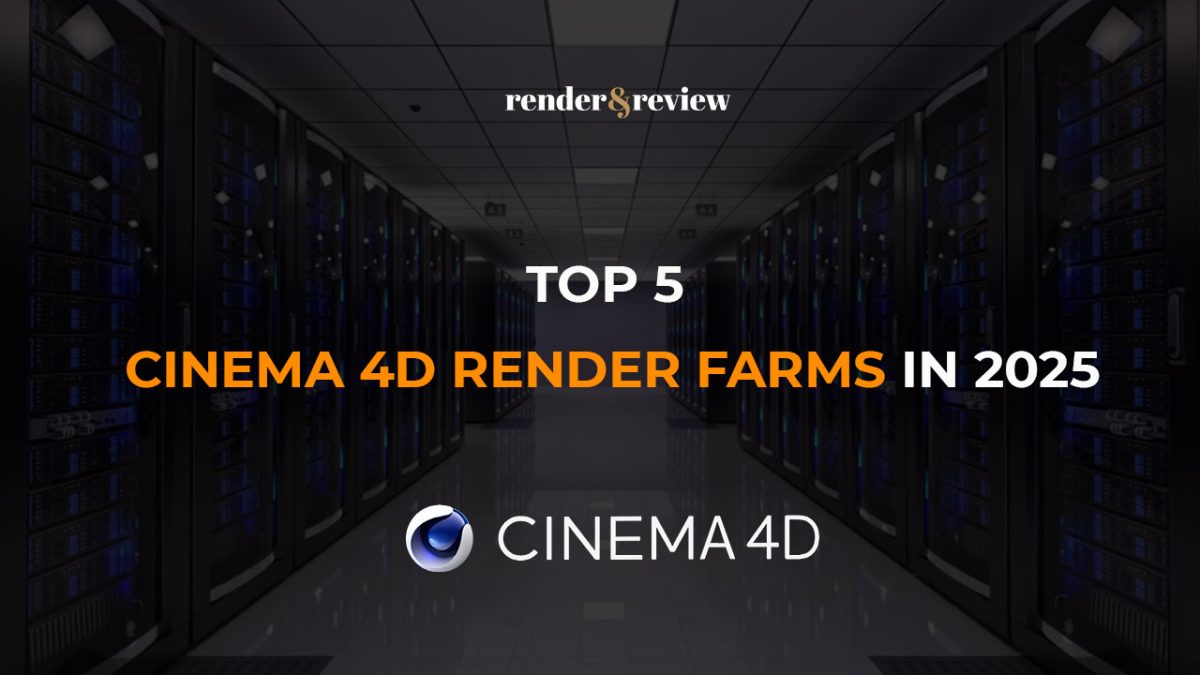
No comments